I promised myself that I would not write any posts just for writers. My target audience is readers, after all, not other writers.
But I keep seeing writers who are struggling with various aspects of publishing and marketing, and I can’t not help them. So, I apologize profusely to readers who are here for something other than writing advice. Feel free to skip this one. It won’t hurt my feelings.
The latest writerly kerfuffle I’ve seen disparages free books and reader magnets, a view that is, quite frankly, recursive to the point of exasperation. Well, I’m exasperated anyway because of that recursive bit there.
Now, I should make it clear right up front that marketing is my weak suit. I’ve struggled with it from the beginning, but I do have certain strengths, I’ve experimented with a lot of the more popular marketing tactics (and some not quite popular ones), and like most semi- to successful indie authors, I try to stay abreast of the latest innovations, whether I end up using them or not.
This post is based on over a decade of self-publishing experience gained across multiple genres and pen names. Marketing, like publishing, falls firmly into the YMMV category. What works for me may not work for you, and vice versa. On the other hand, what follows is equally applicable to both indie and trad pub authors, or can be depending on the individual’s situation.
As with any endeavor, however, marketing must be approached with an open mind. Full stop. Marketing requires a flexible mindset.
Today’s post covers the effective use of reader magnets, but to get there, I wanted to lay a solid foundation. Dangling a cookie in front of a reader does no good if the author hasn’t covered certain bases. So first, there’s a crash course in the basics of marketing, and then I’ll get into the specifics of reader magnets.
Different Tactics for Different Thinkers
In my experience, there are three kinds of thinkers:
- Bird’s eye view thinkers can step back from a situation and visualize the overall structure or pattern. They may need distance and time to formulate strategies, but they tend to have a good grasp of the long-term, so long as they don’t become lost in the data.
- In the weeds thinkers can navigate situations in the moment and pivot with ease based on data received as events occur. They may not have a long-term plan in place, but may not need one so long as they don’t overcommit.
- Some combination of 1 and 2.
The most successful indie authors seem to be those who can switch relatively effortlessly between bird’s eye view thinking and in the weeds thinking. They can formulate a long-term, overarching marketing plan, based upon a wide variety of disparate tactics, and execute it seamlessly over time without feeling overwhelmed by minutiae or getting lost to the temptation of the shiny and new.
Indie Women’s Fiction author Elana Johnson is a notable example. She started writing fiction around a full-time teaching job and steadily built her career into a seven figures per year business. Part of her success is based on her own intuitive understanding of people, part on her experimental approach to writing and marketing, and part on her workman-like attitude (she’s a workhorse). Elana is a brilliant marketer. More, she’s a brilliant entertainer. Both are reflected in her income.[1]
Most marketing tactics can be used by any kind of thinker or writer. Newsletters, for example, can be used to great effect by both bird’s eye view and in the weeds thinkers, whereas rapid releasing, however one defines it, may not.
The key is to play to one’s strengths and mitigate one’s weaknesses, which entails accounting for thinker type, personality, living situation, available time, and myriad other factors.
I’m not going to dive into TikTok or YouTube, for example, because I lean more toward a bird’s eye view type of thinker; my strengths lie in writing (which can be edited until satisfactory) rather than speaking (once spoken, it’s out there), though I do fairly well with in person events despite being a reclusive introvert. Such events require a heavy dose of weakness mitigation on my part: I bring my son along to handle payments so that I can focus on chatting with readers without becoming overwhelmed; plan extra recuperation time after the event (bless my introverted soul); and spend the week prior reminding myself that I have plenty of experience dealing with people and especially people who like books.
Writer know thyself and adjust accordingly, but not, I hope, to the point of never trying anything new. Staying too firmly in one’s lane leads to stagnation, and stagnation can be a career killer in a rapid-flux industry like modern publishing.
For more on the whole "writer know thyself" concept, see Becca Symes' QuitCast and Better Faster Academy. I also recommend following her Patreon.
Marketing 101: The Basics
For authors of any stripe, marketing falls into four broad categories:
- The story.
- Branding.
- Reader acquisition.
- Reader retention.
There’s some overlap between these categories, which I’ll discuss below. Authors who master the first two are well ahead of the curve, but the latter two are equally as necessary. Here are brief explanations of each.
Step #1: Write a good story.
Obvious, right? But also the hardest part of a writer’s job. Successful stories are both well-written (the mechanics are sound, i.e. grammar, punctuation, sentence and paragraph structure, etc.) and well-told (they demonstrate a mastery of story craft). Many authors can do one, but not both; between the two, story craft is more important. Pretty language wrapped in good grammar and punctuation can help, but if the story itself isn’t sound, readers will not finish it, let alone pick up the next book.
Stephen King serves as a good example. He’s got the writing mechanics down cold and his story craft, particularly the base concepts, can be brilliant. However, his endings often fall flat or resort to deus ex machina finishes, sometimes literally.[2] That flaw hasn’t been a deal breaker. He’s amassed a huge following of faithful readers over the years and made the kind of money most authors only dream of. So flaws in craft aren’t necessarily career ending, but this is one area where nearly every author can improve.
One key trick is to incorporate story craft at the very beginning of the development process. This is especially true for outliners, but it can also work for organic writers (aka discovery writers or pantsers).
It starts with a concept many writers overlook: a key purpose of story is to foster an emotional reaction in the reader. The desired emotions may change depending on the genre, but they are always there, even in genres we don’t think of as “emotional,” like Horror, Thrillers, and Military SciFi. Yet, a successful Horror novel can indeed elicit an emotional reaction outside of the terror or disgust found in the body of the story; a successful Thriller carries the reader on a vicarious roller coaster of suspense and danger, which leads to the emotions of satisfaction and relief; and a well-told MilSF novel can be a fun exploration of futures possible, a thrill in and of itself.
If an author can nail the emotions consistently (most importantly in the ending), they’ve hooked the reader and will, eventually, turn them into a lifelong fan based on their story mastery alone.
How can writers master a story’s emotional journey?
One way is to focus on and fully develop the character archetypes, tropes, and themes of each story and series. Readers expect (hope) to encounter these when they pick up a book. In Horror, they may be looking for a hope-filled Final Girl ending. If that trope is subverted (Surprise! Everyone dies!),[3] the emotional impact is diluted and the reader walks away dissatisfied, the exact opposite of a writer’s goal.
Now, I’m going to say something that will most definitely be controversial because so many people misunderstand this term: gearing a story toward readers’ expectations using basic genre conventions and familiar tropes, archetypes, and themes is called writing to market. That’s all writing to market is, in fact, a deliberate effort to give readers what they want consistently over time.[4]
Writing to market is not the same thing as writing to trend; the two are often conflated, but they are not the same. Chasing trends only works for authors who can pivot quickly and hit the market while the trend is still hot, which is why indie authors rely on this tactic so heavily and trad pub authors should think carefully before trying it. Writing to trend works in the short run, but it isn’t always sustainable over the long haul, whereas writing to market (i.e. writing with the reader in mind, even if that reader is yourself and you’re writing what you want to read, damnit)[5] is a wise long-term strategy for any author.
Discovery writers especially may struggle with hitting reader expectations for their chosen genre. I certainly do and I only sort of wing it rather than winging the entire thing. When I deliberately try to write for my readers, I usually end up missing by a mile; and when I write for fun and just follow the ideas or chase the fun, occasionally I hit a ringer.
Some of this can be solved in the editing and revision stages, but some of it can be learned. I hope so anyway, as my current continuing education project is learning how to better use tropes and archetypes so that I can more consistently fulfill readers’ expectations.
Regardless, there’s always room for improvement. Crafting a well-told story is so important to career sustainability, it’s worth the effort of focused learning. Mickey Spillane said it best: “The first chapter sells the book; the last chapter sells the next book.”
For more on improving one's writing, see the WriterDojo Podcast, BookFox, and How to Write Science Fiction & Fantasy by Orson Scott Card. [Amazon affiliate link. Does not add to the book's cost, but does contribute to my pizza fund.]
For more on writing to market, see Chris Fox's Write Faster, Write Smarter Series.
Step #2: Branding
Once a writer has written and edited a story to the best of their ability at that moment in time, the next marketing step is branding. Contrary to popular sentiment, the best (non-classic) story in the world will not sell well if it’s not branded well.[6]
Here are a few aspects of branding that can make a serious difference in sales and readthrough:
---The book and series titles reflect the story’s nature, genre, archetypes, tropes, and/or themes, depending on what works best for the story and genre. Examples of good titling: Epic Fantasy, Thriller, Paranormal Cozy Mystery, Military Romance, Cowboy Romance.
---The cover must be well-illustrated and genre appropriate. It must conform to the series branding. Examples of well-branded series, in addition to the above referenced titles: Urban Fantasy, Space Opera, MilSF, Paranormal Romance (symbol covers), Paranormal Romance (man-chest covers).
---Typeface is genre appropriate and conforms to series branding. Yes, even this choice is important.
---The blurb (description) must be well-written sales copy containing, at a minimum, a hook, the setup, the conflict, and the consequence. Bonus points for including a tagline, a call to action, and keywords related to the major tropes, character archetypes, themes, and genre expectations. I'm currently rebranding my first novel. It just got a new, genre-appropriate cover. When I ran some low-key ads to see how well that worked, I discovered a pinch point with the blurb. It's poorly written. (I wrote it in 2014. Nuff said.) Because of that, none of the (many) cover-driven ad clicks converted to sales or page reads. ZERO. The blurb is important.
---The Look Inside features clean copy and enough of the story to hook the reader. Ideally, clicking on the “read sample” link takes the potential reader straight to the beginning of the story instead of to the front matter.
---The sales pages are well-designed and branded. This includes the retailers’ pages for the book and series, if applicable, as well as the book’s page on the author’s website.
---The metadata includes major tropes, archetypes, and keywords, and the book is placed in appropriate, highly pertinent categories, drilled down to the smallest niche whenever possible. Niche placement also gets books into the larger categories, so if possible, don’t place the book into a general category (Paranormal Romance) if it fits easily into a subcategory (Werewolves & Shifters).
All of this is relatively inexpensive. I’ve never paid more than $600 for an ebook cover, even a custom-made one; most of mine run in the $200-$300 range. The rest is either research or trial and error.
Getting the visual branding aspects right the first time saves time, money, and angst in the long run. Everything else can be tweaked over time.
Step #3: Reader Acquisition
The steps taken to get books in front of new readers in such a way that they will buy them.
Step #4: Reader Retention
Keeping the readers that got us to the point we’re at right now.
Collectively, reader acquisition and reader retention are called reader outreach. The rest of this post covers reader outreach.
Writers do some crazy things to lure readers to their particular dark side (Reader Acquisition), but the number one way to do this is through branding.
You thought I was going to say advertising, didn’t you?
Nope. It’s the branding.
A well-designed cover catches the reader’s eye. If it stirs an emotional reaction (“Ooo, this looks interesting!”), they’ll click on the link or pick up the book, read the blurb, and look at either the first scene or the last (or maybe both).
Et voilà. If the author (and/or publisher) has done their job, the reader is hooked. The next step is a smooth checkout experience, which is often beyond the author’s control.
The next effective reader outreach tactic is advertising, right?
Nope again. The next step is something the author has hopefully already done: written the next book in the series and either let their readers know when to expect it or made it available as a preorder.[7]
Surely advertising is next!
Absolutely. Now it’s time to advertise to followers...free, through one’s website, blog, newsletter, and social media. This falls more under reader retention than reader acquisition, but it can work for both. Here are a few ways to utilize all the free or nearly free spaces authors have access to:
---If you’re a social media person, having an active Facebook or X page (or whatever) with recent posts about your books will absolutely draw a new reader in as well as reminding current readers what’s going on in your corner of the world. Post cover reveals, teasers, preorder links, sneak peeks, excerpts, related evergreen content, maps, character art, character interviews, deleted scenes.
---Do the same with your blog (if you have one) and newsletter. Honestly, the possibilities are limited only by the author’s imagination. The sky’s the limit.
---Switch the home page of your website (if you have one) to a static page where you can advertise your new releases, upcoming releases, newsletter, and/or exclusive content.
---Use the sidebar and footers of your blog to advertise your new releases, upcoming releases, and newsletter.
---Use the front and back matter of every published story to advertise your backlist, newsletter, and exclusive content. Provide links to your website and social media as well.
---Create a dedicated page on your website for every book. Optimize it to sell that book. Include links to every place where the reader can find that book.
---Optimize sales pages for retailers.
---Create on-target marketing images (teasers, headers, etc.) for use with blog posts, newsletters, social media (posts and headers), and elsewhere. I use BookBrush and paint.net. One is relatively cheap. The other is relatively free. Here are some great examples I've snagged from other authors to use as go-bys for my own marketing efforts:
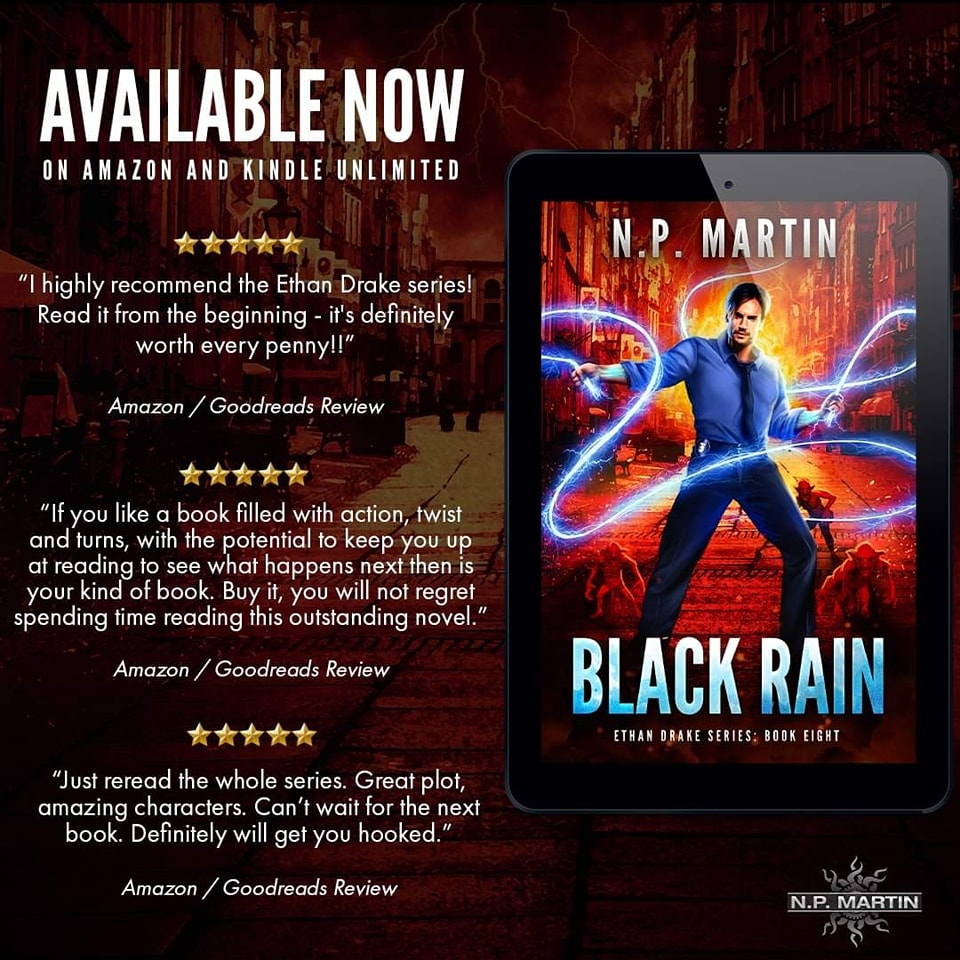

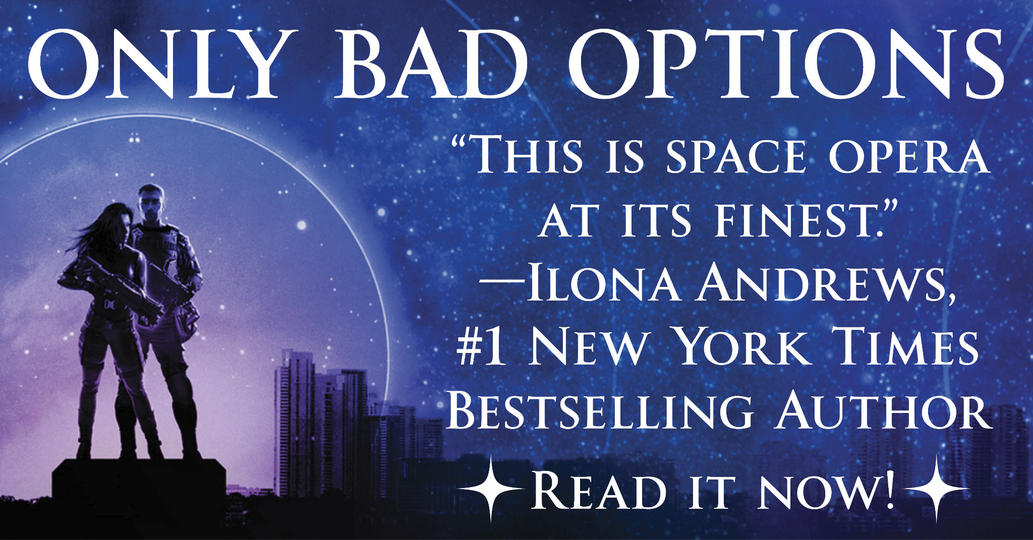
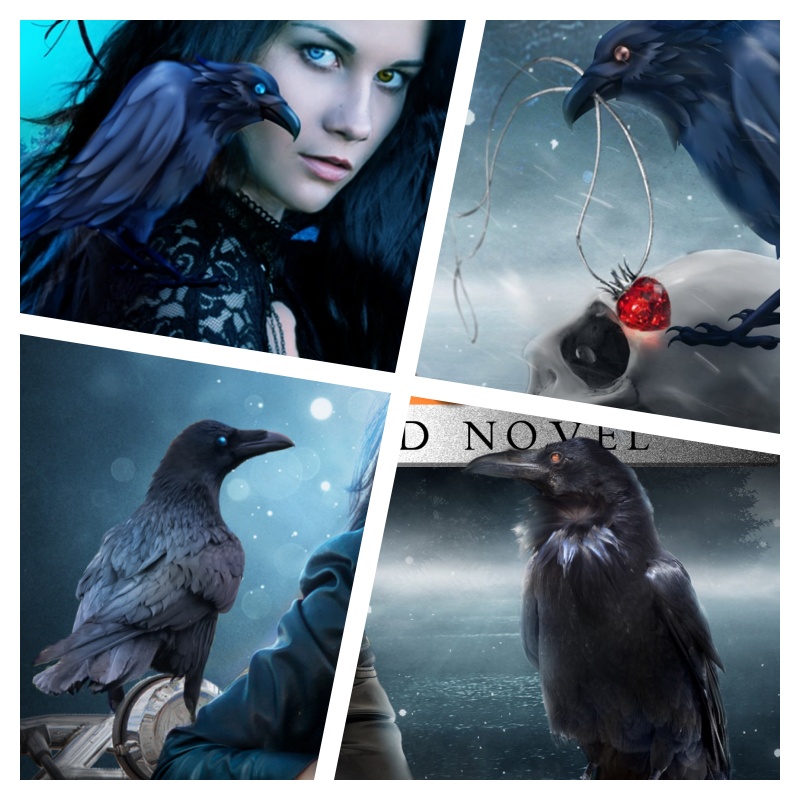
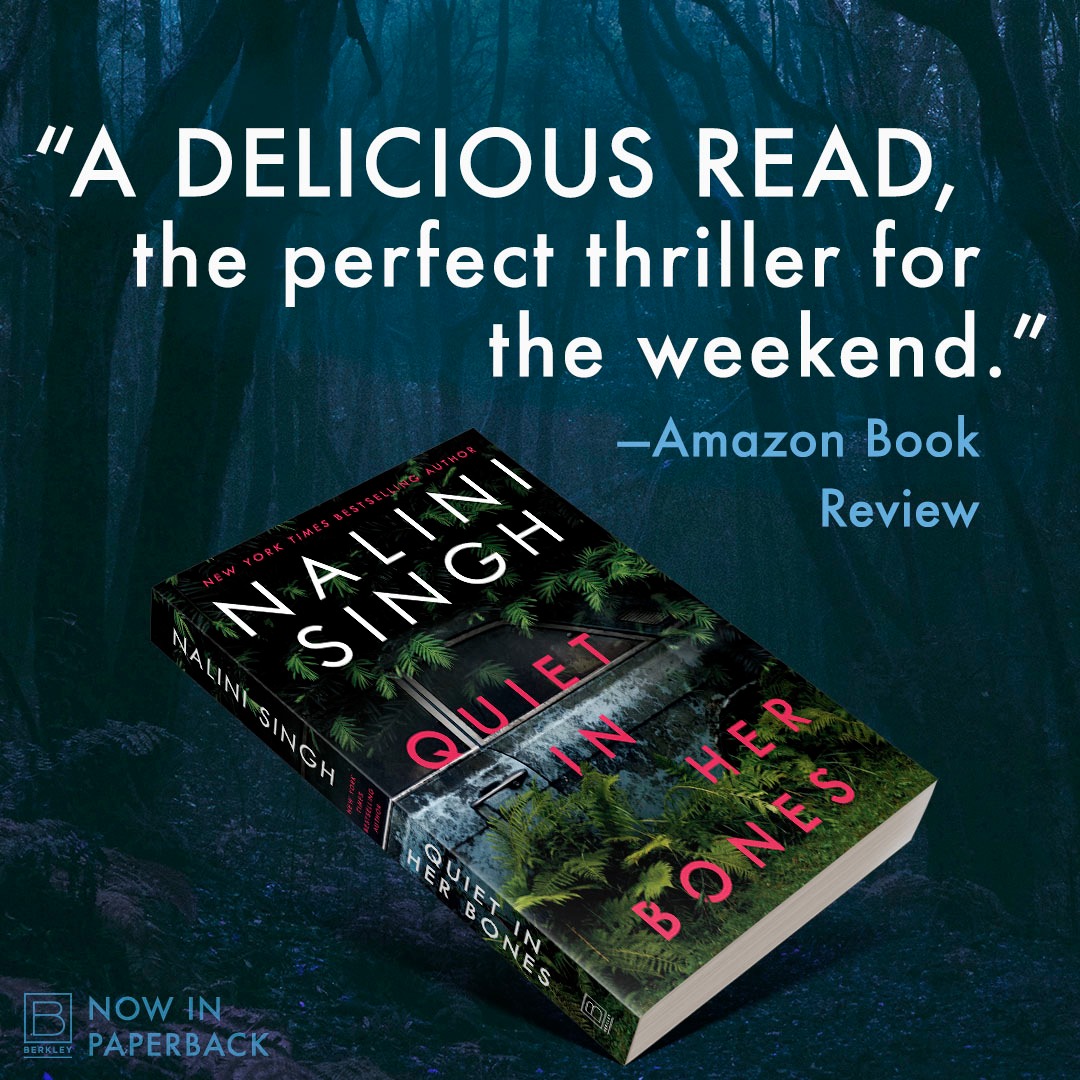
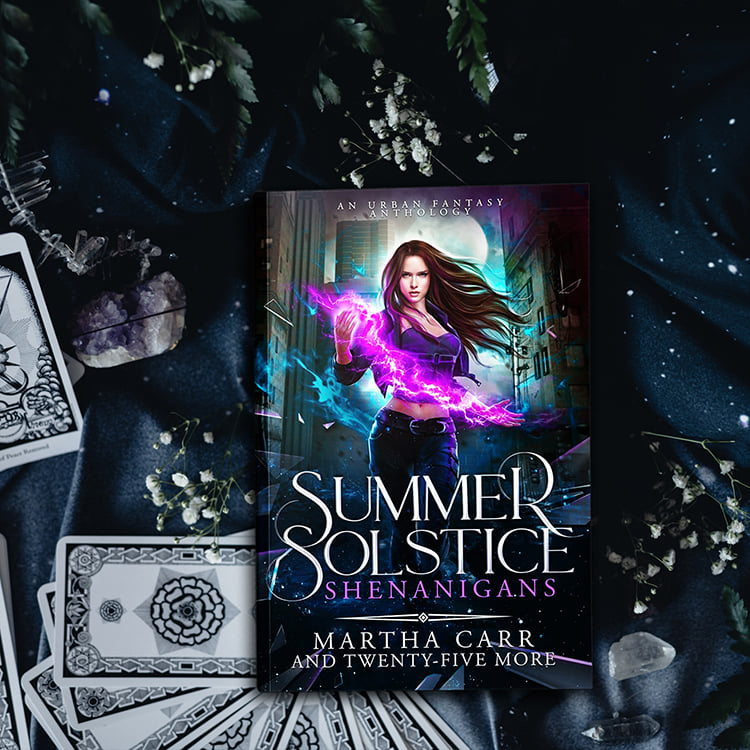
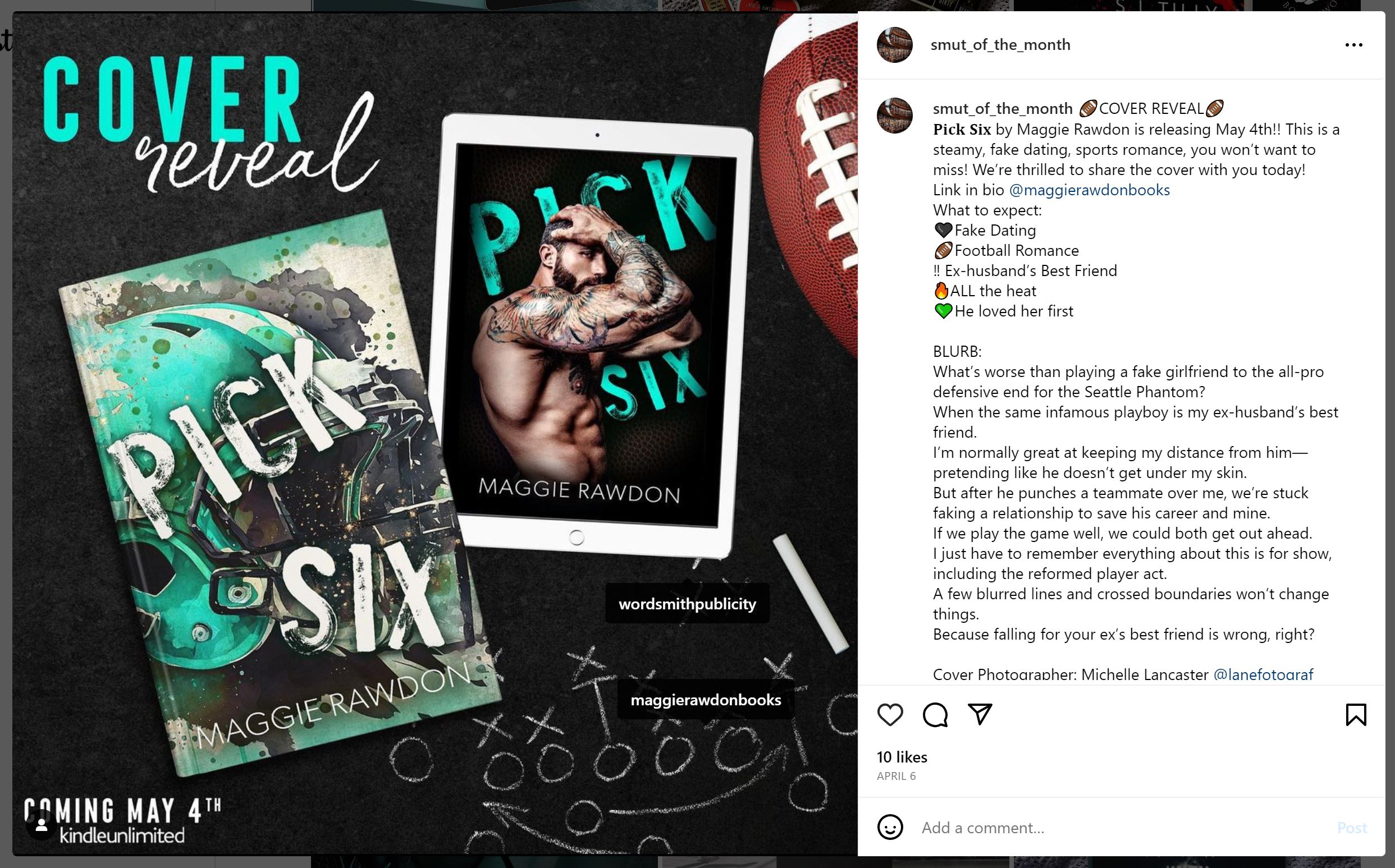
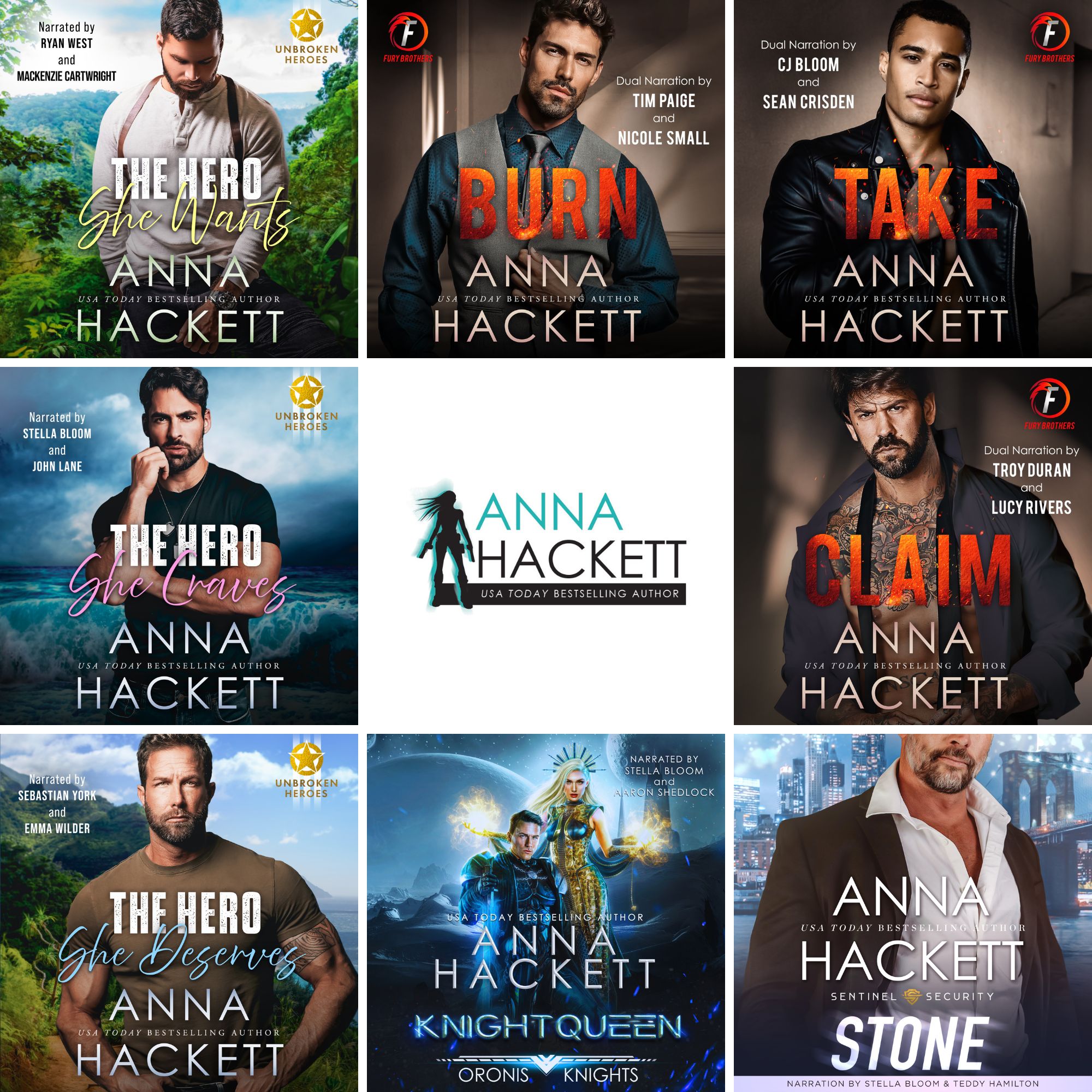

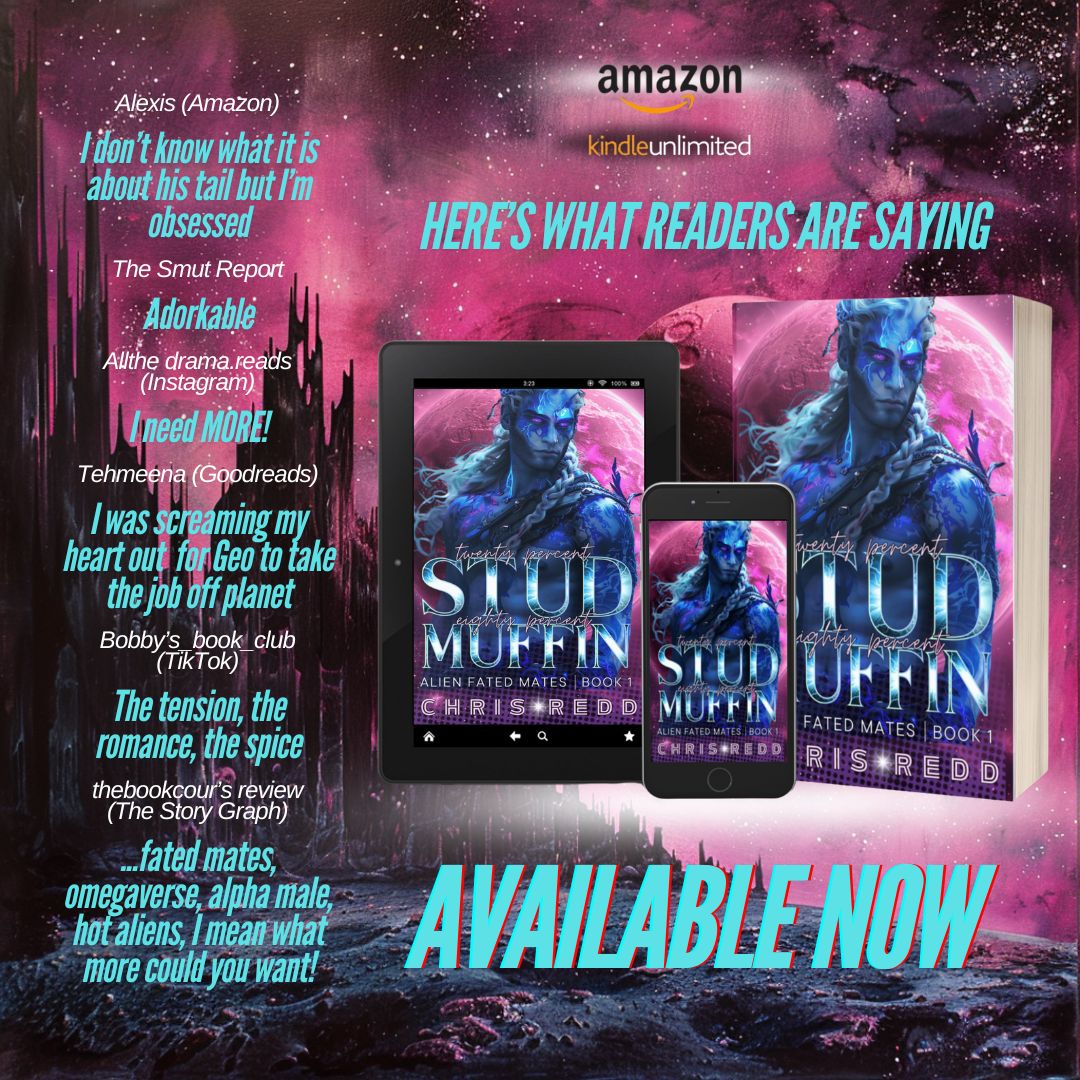
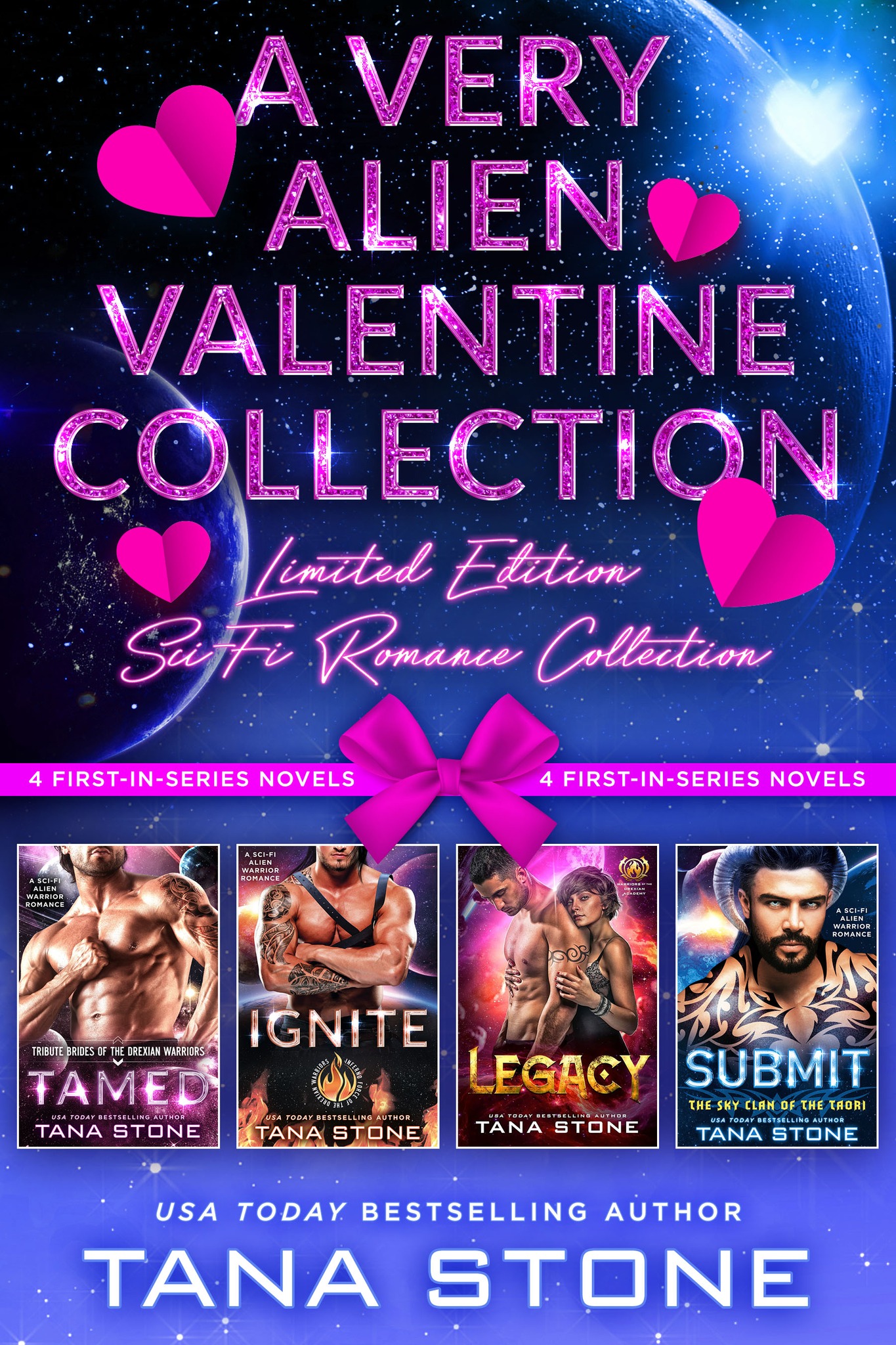
All of this is free or low-cost. Not a penny spent so far on anything outside of covers, editing, and possibly teasers and/or a newsletter service provider, both of which are also free to low-cost.
And now you can pay for advertising or do other things (like having a booth at a con) to attract new readers. Sales are great, awesome even, when used judiciously as part of an overall marketing plan, and they can be a boon to current readers as well.
I do not recommend dropping every book to free except under certain limited circumstances, nor do I recommend publishing a book at the free or $.99 price points. But free can still be very effective at both building an audience and sustaining one without degrading an author’s overall value.
For more on advertising, I recommend Craig Martelle’s Successful Indie Author Facebook group, interviews, Five Minute Focus and long-form videos, and books. The 20Books Vegas videos are also good resources as are the other resources already mentioned. Craig swears by Mark Dawson's Self-Publishing Formula. I also recommend pretty much anything Nicholas Erik does regarding marketing, like this guest post he wrote for David Gaughran's blog.
Over the past decade plus, I’ve tried a variety of tactics to try to get my books in front of new readers, not just discounts and being active in social media reader groups, but also things like multi-author giveaways, multi-author promos, anthologies, and newsletter swaps. I was going to include those here, but I’d rather stick to reader magnets.
Briefly, though, I would like to mention a couple of things that help tremendously with reader outreach.
Rapid release and/or consistent publication. A release every 90 days takes advantage of Amazon’s algorithms, especially for books enrolled in their Kindle Unlimited program. Feeding the algos keeps sales rank high, which in turn keeps the series in front of readers, which leads to more sales. It works. But for authors who cannot write and publish a book every three months, or can’t afford to bank those books ahead of time, there’s still hope. The important thing is consistency. Again, play to your strengths here. Releasing a new book is the best way to serve existing readers and capture new ones.
Well-organized advertising campaigns based on discounts, including free first in series, discounted single titles and omnibuses, and Kindle Countdown Deals. Generally, I do better with paid newsletter advertising (like BookBub). PPC ads are hit or miss for me, whether they’re AMS ads, Facebook ads, or BookBub ads. Paid newsletter ads are beginning to fade in efficacy, but can still be an effective part of a multipronged advertising campaign (paid newsletter ads, PPC ads, social media outreach, newsletter swaps, etc.).
Live events. As the online space becomes more crowded, and online advertising more expensive and less effective, authors are beginning to add in person events to their reader outreach repertoire. Picking the right venue is important. So is managing expectations, but that’s true of just about anything. I’ll be adding more of these to my marketing and outreach efforts.
Genre focused social media groups. These require so much time and effort that I never really used them. Some authors, especially extraverted Romance authors, have done very well promoting within these groups, or had before I gave up on them a few years ago. There’s an art to participation that must be mastered here, and I simply did not have the patience for it.
Facebook reader group. Dedicated to one of my pen names. Honestly? This was my favorite social media outreach, but it was for existing readers, not new ones. I mention it here because some authors do funnel new readers directly into their reader groups. My reader group never reached more than 70 participants, but when I was active in it, before Facebook changed the algos to their current messiness, it was a great group. The participants were mostly superfans. I never quite got the hang of managing the group (posting on a consistent basis, knowing what to post, etc.), but we had some good conversations in there.
Online guides for each of these tactics is fairly easy to find. 20Books Vegas videos tend to be more reliable.
I also try to watch what my Romance author friends are doing, as Romance authors tend to be at the forefront of marketing innovations.
Newsletters
Next to writing new books and blogging, my favorite reader outreach slash marketing tactic is my newsletter.
There are so many reasons to funnel people onto newsletters. Thankfully, I don't have to go deeply into this as David Gaughran already has.
For me, a mailing list's main benefits are:
---Direct contact with my readers. I know who is opening and reading my newsletters, something that's difficult to gauge with anything else, including blogs, social media posts, and paid advertising.
---Reader retention. More about this below.
---Conversion rates, which are much, much higher than with paid advertising. For example, with one pen name (now mostly defunct), I could reliably get enough preorders from my very small mailing list (250 - 500 subs) to cover the costs of publishing that book. Every other sale was/is pure profit. Those series still make money, and will for as long as I care to push them.
---Selling my backlist to new subscribers. As in, making them aware of it through evergreen content, sales (widely advertised or fans-only), and companion material (see: Reader Magnets).
I cannot stress this too often: Newsletter subscribers are worth their weight in gold. A well-built, curated mailing list can push authors onto bestseller lists. The conversion rate is exponentially higher than with paid advertising. It takes time, but building a mailing list can help authors sustain their careers over the long-haul.
I've done a lot of crazy things with my newsletters to try to reward readers for being there (Reader Retention). My favorite is to offer free stories of all shapes, sizes, and flavors, but I've done other things as well. Some examples:
- A few months after publishing my very first book way back in 2014, I took an event that had been mentioned in the book and serialized a story about it directly and exclusively to newsletter subscribers. Each episode was roughly 500 - 700 words long. I wrote the episodes as I went and published one a week and published one a week over, I think, thirteen weeks from roughly April to July. Open rates were over 75% with my extremely tiny (under 100 subs) newsletter, and readers really loved it. I got lots of great feedback on that one.
- I went all out one October and did a really fun giveaway. I wrote a short story (~1800 words) that served as a prequel to a reader-favorite series, formatted and printed five copies (on my personal copier), signed each one, and ran a giveaway every week over that month. The winner received the signed story tucked inside an interesting Halloween card along with a wish bracelet (a piece of string and a related charm). I got so much amazing feedback from readers. One of the winners (a superfan) had the story framed and hung it on a wall. In November, once all the winners had had time to receive their signed stories in the mail, I gave all newsletter subscribers the opportunity to download an unsigned digital copy of the story.
- I used to do a Christmas ornament giveaway every November, if I could find an interesting handmade ornament to give away. Readers really looked forward to that one.
- I'm writing a Christmas-themed SciFi Romance for another pen name and am thinking of doing a Christmas in July kind of thing for newsletter subscribers, probably involving handmade ornaments and branded merch.
When a reader joins my mailing list, I want them to know that I'm not going to spend all my time treating them like they're an open wallet. I do sell to them (see the preorder remarks above), but I also go out of my way to offer them amazing stories and experiences as often as possible in a very low-key, organic way, to suit my personality. I don't always succeed, but I do always try. And readers really appreciate feeling special. They really do.
You don't have to be that elaborate. As I said previously, work with your strengths. If you're great at advertising, do that. If you know how to lean into tropes and archetypes, do that. If you're a social media god (like Larry Correia), do that. The whole point of marketing is to reach out to readers and convince them to read your books. Do what works for you.
For more on how to set up and run a newsletter, see Newsletter Ninja: How to Become an Author Mailing List Expert by Tammi L. Lebrecque. [Amazon affiliate link.]
Reader Magnets
What works for me is...writing. So, I write. Blog posts, newsletters, stories, pretty much anything if it moves me. For some reason, though, I cannot write effective social media posts (I'm truly horrible with social media), but those feel very public to me, whereas my blog and newsletter feel very private. It's like the difference between speaking to someone at a con (public) and inviting them into your home (private), two totally different situations.
One of the things I deeply enjoy is writing freebie reader magnets. These cookies serve as both a reward for existing readers (bonus story!) and a way to funnel new readers onto my mailing list, where I can convert them to the dark side. (See? We do have cookies.) Also, they're fun and low pressure, a definite win-win.
I've done several kinds of reader magnets over the past decade plus. For my very first series, way back in 2014 - 2015, I created bonus epilogues and scenes which were then delivered straight to newsletter subscribers' inboxes. These were (briefly) advertised at the end of their related stories. I don't remember how well that worked, but existing newsletter subscribers enjoyed them.
Now, I use BookFunnel to distribute novella-length prequels for, at the moment, four different series across two distinct pen names. In fact, this year I wrote and distributed a 35k length prequel novella[8] as an introduction to a new series. It went out to existing newsletter subscribers about a week ago, which allowed me to gauge the effectiveness of my efforts with that particular newsletter. (Verdict: I have some rebuilding to do there.)
Next month, that same novella will be shown to new readers via two genre-targeted BookFunnel multi-author promos. The entire goal here is to build interest in the series before it's released. I'm essentially advertising the series every time a reader opens the promo and scans the offerings. And since these are multi-author promos, I'm tapping into other authors' fan bases to do it.
Now that I'm working on stories for this pen name, I'm also considering what kinds of reader magnets and bonus content I can create around those stories. For one sprawling Space Opera series, I'm considering turning the worldbuilding into a compendium either on World Anvil or....my website? I don't know yet. The idea has just formed in the past week or so. I'm still playing around with it. It's possible, though, that I'll use pieces of that compendium as reader magnets to attract and retain newsletter subscribers.
The possibilities for reader magnets are limited only by the author's imagination. I've seen authors offer maps, character art, character profiles, and a bundle of first-in-series books as cookies. As long as a series is selling, those companion reader magnets can be used to funnel readers onto a mailing list. And honestly, if a reader likes your stories well enough to want an exclusive something, they're going to jump to get it. Those folks, the organic subscribers, are worth their weight in gold. Treat them well and they will stick by you for the remainder of your writing career.
And there you have it, a roughly 4700-word crash course on marketing (my view of it anyway), with a focus on how free stories can build your author business rather than devaluing it. I didn't get into free promos as much as I wanted (e.g. dropping the first book in a long series to free and using paid advertising to get it into the hands of new readers), but the two concepts (free reader magnets and free first-in-series) are remarkably similar. If free wasn't effective, Amazon wouldn't allow authors to drop their books to a free price point at all. Food companies wouldn't offer free samples at the grocery stores. Highly successful authors would definitely never use free books to build their businesses, ever, because they're so business-minded; that's how they became successful in the first place. But free can be a very useful tool, if it's used wisely.
There are other lessons here, too, especially for newer writers. Write a great story. Be consistent. Branding counts for a lot. Don't confuse readers and banks. Have fun writing! I guess that's the TL;DR right there.
***
- I highly recommend Elana’s 20Books Vegas talk on models for rapid release, in which she outlines part of her marketing mindset using case studies drawn from her own experiments. Her non-fiction series for authors is also worth a look-see. She discusses her income and publishing strategies in her Indie Inspiration with Elana Johnson Facebook group.
- The Stand. Nuff said.
- This is why I hated the movie Life (2017). It subverted the expectations for SciFi Horror movies, particularly with the ending. You can fuck with a lot of things in a story, but not readers' (or movie goers') expectations.
- For more on consistency, see Nicholas Erik's Book Marketing Crash Course.
- Totally a viable strategy. Don’t let anyone tell you differently. But it’s entirely possible to write what you want to write and also hit the market well. In fact, I advise doing so as much as possible (says the writer who can’t purposefully write to market to save her soul). Either way, managing your and readers’ expectations goes a long way toward sustaining writing long-term.
- With few exceptions, a notable one being The Last Hour of Gann by R. Lee Smith. Bad branding on a fantastic story. That was the first time I paid over $5 for an ebook, when I swore I never would. The Look Inside sucked me right in and would not let go.
- Most authors should have a book done before setting up the preorder. This is by far the wisest course of action.
- That 35k-word prequel novella was developed, written, edited, and published entirely within this year around my regular writing schedule. I always try to leave a little time for fun projects, like that Christmas-themed SciFi Romance I mentioned. And that compendium. For me, having fun = writing more. You do you.
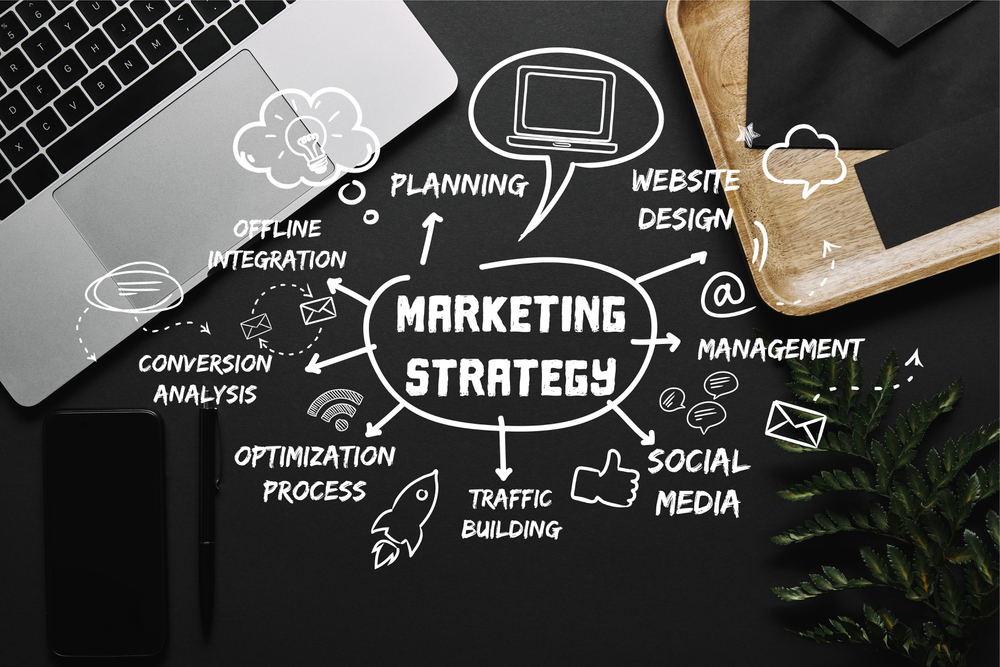
I forgot a few useful resources.
For story craft, not much beats Brandon Sanderson’s videoed BYU creative writing lectures. The entire 2020 session is available on YouTube, but he’s also releasing 2025’s session. For the latter, begin here: https://www.youtube.com/watch?v=MEUh_y1IFZY
For keywords, see Nick Stephenson’s Supercharge Your Kindle Sales. Also see, Kindlepreneur and Kindle Trends.
For a general look at productivity, see Rachel Aaron’s 2K to 10K. Becca Syme’s books, podcasts, etc., are also a great resource.